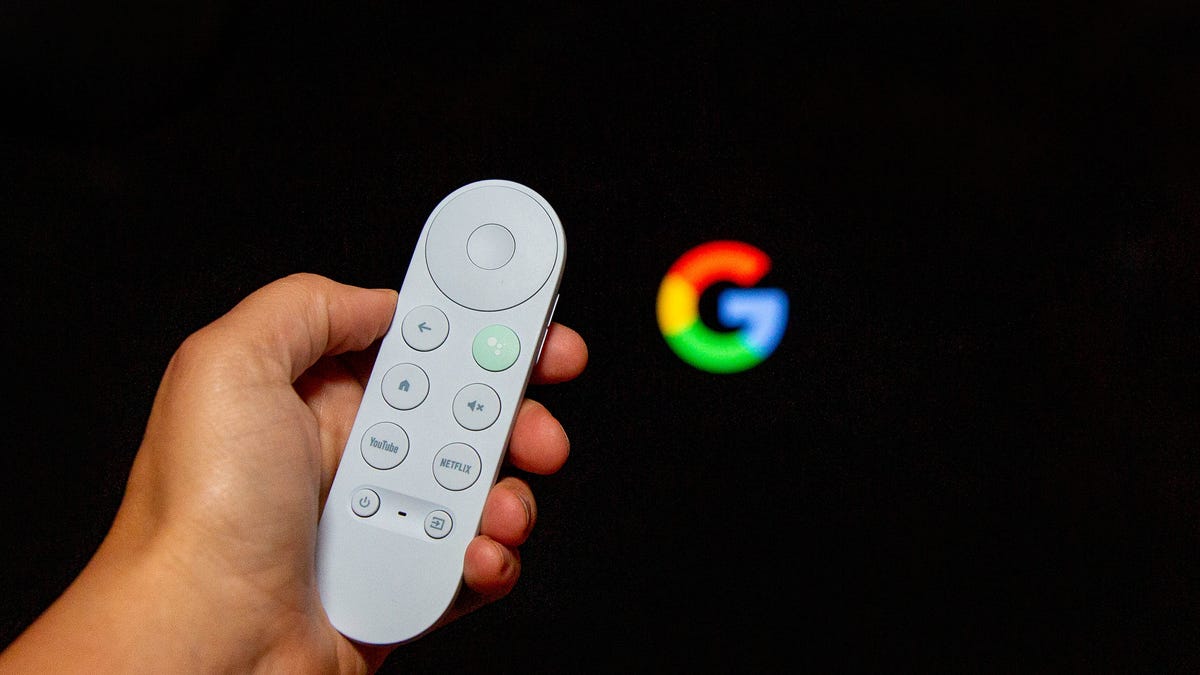Networking built on piecemeal solutions is colliding with the demands of artificial intelligence. In practice, that means the rise of AI-driven networking, where precision matters more than ever. But decades of fragmented systems stitched together from different vendors prove the industry requires a strategy built on consistency and control.
Faster networks, ready to serve everything from global enterprises to schools on tight budgets, would be the payoff of AI-driven networking. Yet, the challenges remain clear, which is why companies haven’t attempted a full-stack approach until now, according to Anil Varanasi, chief executive officer of Meter Inc.
“As ludicrous as it sounds, in these last 40 years of networking, before Meter, nobody has built the entire stack from the ground up with hardware platforms that are tied together, [a] single firmware image, operating systems, data pipelines, [application programming interfaces] and applications for the entire stack,” said Varanasi.
Varanasi spoke with theCUBE’s Bob Laliberte at The Networking for AI Summit event, during an exclusive broadcast on theCUBE, News Media’s livestreaming studio. They discussed how full-stack design and artificial intelligence are reshaping the foundations of networking. (* Disclosure below.)
AI-driven networking requires full-stack control
Artificial intelligence in networking presents a critical challenge around data sensitivity because many vendors offload customer information to external model providers. Meter instead relies on its in-house data to train models, because networking requires accuracy and control rather than the creativity that drives large language models, according to Varanasi.
“Creativity is actually what we don’t want in networking,” he said. “In networking, we want precision and accuracy, not creativity. And the outcomes need to be deterministic.”
The payoff of more precise and performant networks through AI-driven networking comes with a steep cost: Training models at scale requires massive amounts of computing power and constant iteration. Many vendors struggle to marshal those resources, making it difficult to move beyond marketing claims. Meter has turned to Microsoft Corp.’s graphics processing unit clusters to support that work, a resource essential to making progress, according to Varanasi.
“Without compute, you’re not going to get anywhere,” he said. “Maybe that’s one of the ways to gauge all networking vendors that are claiming AI [is asking], ‘What’s the compute that they have to actually be able to produce models?’”
Here’s the complete video interview, part of News’s and theCUBE’s coverage of The Networking for AI Summit event:
* Disclosure: TheCUBE is a paid media partner for The Networking for AI Summit event. Meter Inc., the sponsor of theCUBE’s event coverage, nor other sponsors have editorial control over content on theCUBE or News.)
Photo: News
Support our mission to keep content open and free by engaging with theCUBE community. Join theCUBE’s Alumni Trust Network, where technology leaders connect, share intelligence and create opportunities.
- 15M+ viewers of theCUBE videos, powering conversations across AI, cloud, cybersecurity and more
- 11.4k+ theCUBE alumni — Connect with more than 11,400 tech and business leaders shaping the future through a unique trusted-based network.
About News Media
Founded by tech visionaries John Furrier and Dave Vellante, News Media has built a dynamic ecosystem of industry-leading digital media brands that reach 15+ million elite tech professionals. Our new proprietary theCUBE AI Video Cloud is breaking ground in audience interaction, leveraging theCUBEai.com neural network to help technology companies make data-driven decisions and stay at the forefront of industry conversations.







